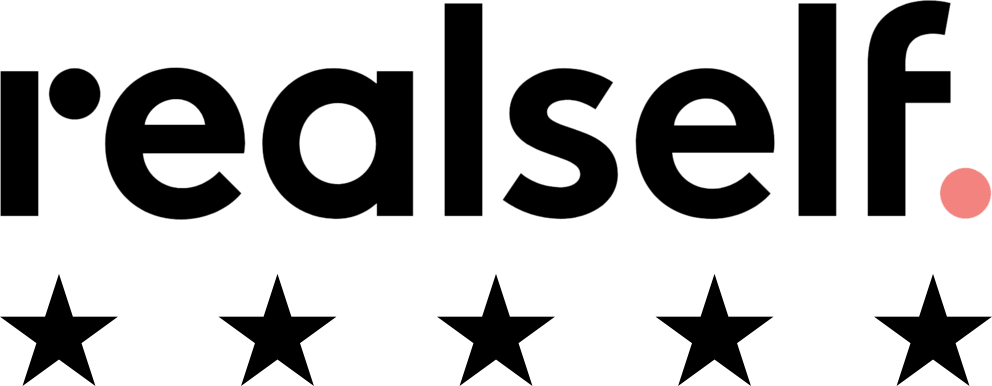Rhinoplasty is not only used for aesthetic purposes but also for improving one of the most important, often not thought of, aspects of life…breathing. Not being able to breathe through the nose affects sleep, athletic performance, overall energy and quality of life. Previous nasal fracture, deviated nasal septum, turbinate enlargement, and weakened structural support of the nose all contribute to problems with airflow and breathing through the nose. Functional rhinoplasty can improve all of these aspects and is often covered by insurance. If you are interested in Functional Rhinoplasty in Florida, we want you to be familiar and comfortable with the entire process.
Functional Rhinoplasty Consultation
So you have decided that you are very interested in functional rhinoplasty and would like to take the next step. Scheduling a consultation with Dr. Meier will give you the information you need about the entire process in how Dr. Meier can improve your breathing. It is a good idea to bring a friend or family member for support.
During the one-on-one consultation, you will meet with Dr. Meier and discuss your goals with functional rhinoplasty. Dr. Meier will review your medical and surgical history as well as medications. It is important to let Dr. Meier know of any other nasal or facial surgeries that have been performed in the past. Every nose is different and Dr. Meier will examine the inside and outside of your nose in detail. Based on your goals and the examination, he will tailor an individualized plan to give you the best result and significantly improve your nasal breathing and airflow. Dr. Meier’s staff will then take standardized photographs of your face and nose.
Functional Rhinoplasty Procedure
Prior to Surgery
Dr. Meier will give you a detailed list of instructions on what to do prior to surgery. Blood thinning medications should be discontinued for a period of time prior to surgery. It is also important not to eat or drink anything after midnight prior to your functional rhinoplasty. Certain medications that Dr. Meier specifies are allowed, such as blood pressure medicines, can be taken with a sip of water.
Functional Rhinoplasty Surgery
You will arrive at the facility for the surgery and meet the nursing staff. They will review your paperwork and start an IV for anesthesia. You will then meet the board-certified anesthesiologist who will be administering your anesthetic for the procedure. They will ask you questions regarding your medical and surgical history and review the anesthesia process with you. Dr. Meier will also visit with you in the preop area prior to surgery.
Once you are given an anesthetic and you are asleep, Dr. Meier will make incisions for your functional rhinoplasty. A tiny incision is typically used between your nostrils as well as inside of nose. Through these incisions, Dr. Meier will reshape your nose on the inside and out in order to improve your nasal airway as discussed in the consultation. Dr. Meier will often utilize cartilage grafting to rebuild the structural support of your nose and sometimes combines this with internal work to fix any deviated septum or enlarged turbinates. The surgery typically takes several hours to get it just right and give you the best functional rhinoplasty result.
Recovery
Recovery begins immediately after surgery. Nursing staff will make sure you are comfortable in the recovery room and apply ice to the nose and eyes. Dr. Meier uses an external support splint as well as tape to maintain the shape of your new nose. These will stay in place until your first postoperative visit at 1 week. Unlike other surgeons, Dr. Meier rarely uses any internal splints or packing. This allows for better pain control and the ability to breathe through your nose immediately after surgery.
Bruising and swelling around the nose and eyes are common. To minimize bruising and swelling, use ice packs as instructed for a few days after the surgery and sleep with your head elevated on a couple of pillows. Drainage from your nose is common for a few days and minor bleeding may occur. Use nasal saline to keep the inside of your nose moist and healing well. Clean the incisions as instructed but be careful not to blow your nose as this can cause bleeding or damage to the result.
Make sure you are getting the appropriate nutrition and rest for optimal healing. Dr. Meier recommends doing nothing strenuous and no bending over or heavy lifting for at least a week. Dr. Meier typically allows light exercise to begin a few weeks after surgery. To prevent blood clots and promote good circulation, walk around at least few times a day.
FAQs
How long will I be swollen or bruised? Most bruising and swelling resolves in about 1-2 weeks but can take longer (up to a few months) for all swelling to go away. If only internal work is performed (deviated septum repair or turbinate work) then there will be no external bruising or swelling.
When can I go back to school/work? Most patients go back to work around 7-10 days after functional rhinoplasty. Bruising is typically gone and the splint and sutures are removed but there is usually some swelling still at that point.
Is rhinoplasty painful? All surgeries have some degree of discomfort. Dr. Meier provides you with pain medications to alleviate this. Most patients use pain medicines for a few days after surgery.
Can I drive myself home after the rhinoplasty? No. All patients will require someone to drive them home due to the effects of anesthesia and surgery.
I had rhinoplasty done elsewhere and am unhappy with the result as well as my breathing. What can I do? Schedule a consultation with Dr. Meier as he specializes in revision rhinopasty. Please see the revision rhinoplasty webpage for more information.

